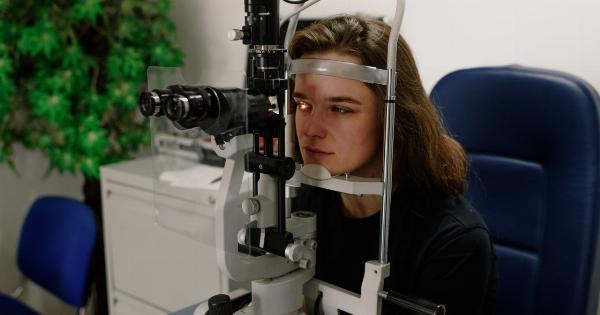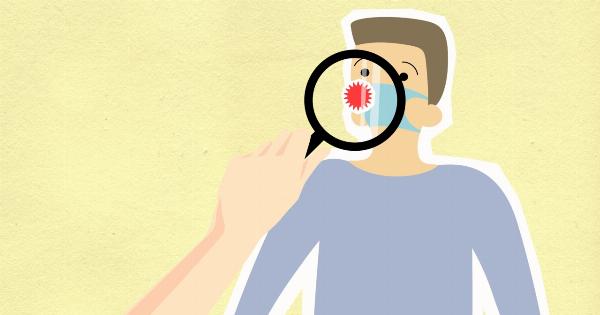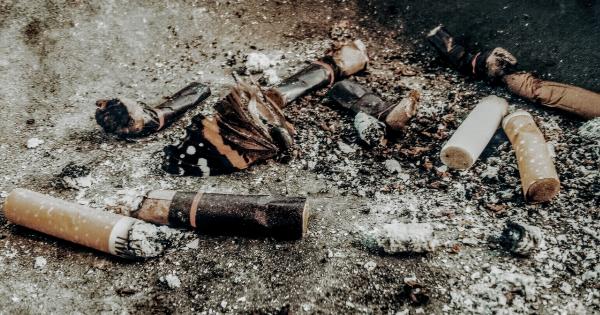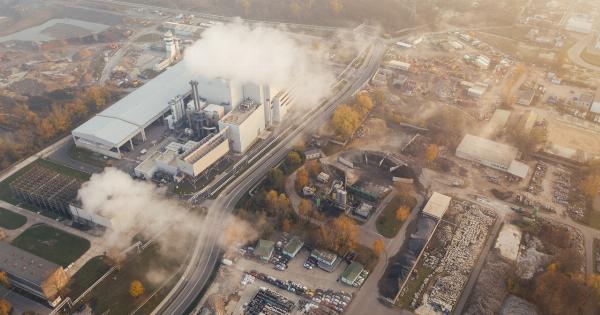The lungs are one of the most vital organs of the body, and they are responsible for breathing. However, exposure to certain toxic gases can cause significant harm and pose a severe threat to the lungs.
In this article, we will discuss the toxic gases that damage the lungs and explore their associated health risks.
Carbon Monoxide (CO)
Carbon monoxide is a highly poisonous gas that is formed when fuels such as natural gas, coal, and wood are burnt without sufficient oxygen.
This gas is dangerous because it displaces oxygen molecules in the bloodstream, leading to oxygen deprivation in the body. Symptoms of carbon monoxide poisoning include headaches, dizziness, nausea, and shortness of breath. In severe cases, it can lead to confusion, unconsciousness, and even death.
Radon
Radon is a radioactive gas that is released from rocks and soil. This gas is odorless and colorless, making it difficult to detect.
Radon exposure is one of the leading causes of lung cancer, with prolonged exposure to high levels of radon leading to an increased risk of developing lung cancer. Symptoms of radon exposure may include coughing, shortness of breath, and chest pain.
Sulfur Dioxide (SO2)
Sulfur dioxide is a toxic gas that is released from the burning of fossil fuels. It is a major contributor to acid rain and is also found in many industrial processes.
Short-term exposure to sulfur dioxide can lead to respiratory problems, including wheezing, coughing, and shortness of breath. Those with pre-existing respiratory conditions such as asthma are at particular risk of experiencing adverse health effects from exposure to this gas.
Nitrogen Oxides (NOx)
Nitrogen oxides are gases that are released from the burning of fossil fuels, including gasoline, diesel, and natural gas. Exposure to nitrogen oxides can lead to the development of asthma, bronchitis, and other respiratory conditions.
Long-term exposure can also increase the risk of lung cancer.
Chlorine (Cl2)
Chlorine is a toxic gas that is commonly used in the manufacturing of cleaning products, dyes, and textiles. It is also used as a disinfectant in water treatment facilities.
Exposure to chlorine gas can lead to irritation of the eyes, skin, and respiratory tract, as well as shortness of breath and coughing. Prolonged exposure can cause chronic bronchitis and even death in extreme cases.
Hydrogen Sulfide (H2S)
Hydrogen sulfide is a colorless gas with a distinctive “rotten egg” smell that is released during the decomposition of organic matter. It is commonly found in sewers, landfills, and natural gas deposits.
Exposure to hydrogen sulfide can cause respiratory problems, dizziness, headaches, and nausea. In high concentrations, this gas can be deadly.
Ammonia (NH3)
Ammonia is a colorless gas with a pungent odor that is commonly used in the manufacturing of fertilizers, plastics, and textiles. It is also used as a refrigerant and cleaning agent.
Exposure to ammonia can lead to respiratory problems, including coughing, wheezing, and shortness of breath. Long-term exposure can cause chronic bronchitis and other respiratory conditions.
Formaldehyde (CH2O)
Formaldehyde is a colorless gas with a pungent smell that is commonly used in the manufacturing of building materials, furniture, and household products such as cleaning agents and paints.
Exposure to formaldehyde can lead to irritation of the eyes, nose, and throat. In high concentrations, it can cause respiratory problems, including asthma and other respiratory conditions.
Phosgene (COCl2)
Phosgene is a colorless gas with a suffocating odor that was used as a chemical weapon during World War I. It is now used in the manufacturing of pesticides and plastics.
Exposure to phosgene can lead to respiratory problems, including coughing, wheezing, and shortness of breath. Prolonged exposure can cause chronic bronchitis and other respiratory conditions.
Methane (CH4)
Methane is a colorless, odorless gas that is a major component of natural gas. While methane itself is not toxic, it can displace oxygen when it accumulates in enclosed spaces such as mines or buildings.
This can lead to oxygen deprivation and carbon dioxide buildup, which can cause respiratory problems and even death.
Conclusion
Toxic gases can be a significant threat to the lungs and overall health. It’s essential to take precautions and avoid exposure as much as possible. If you suspect exposure to any of these toxic gases, seek medical attention immediately.



























